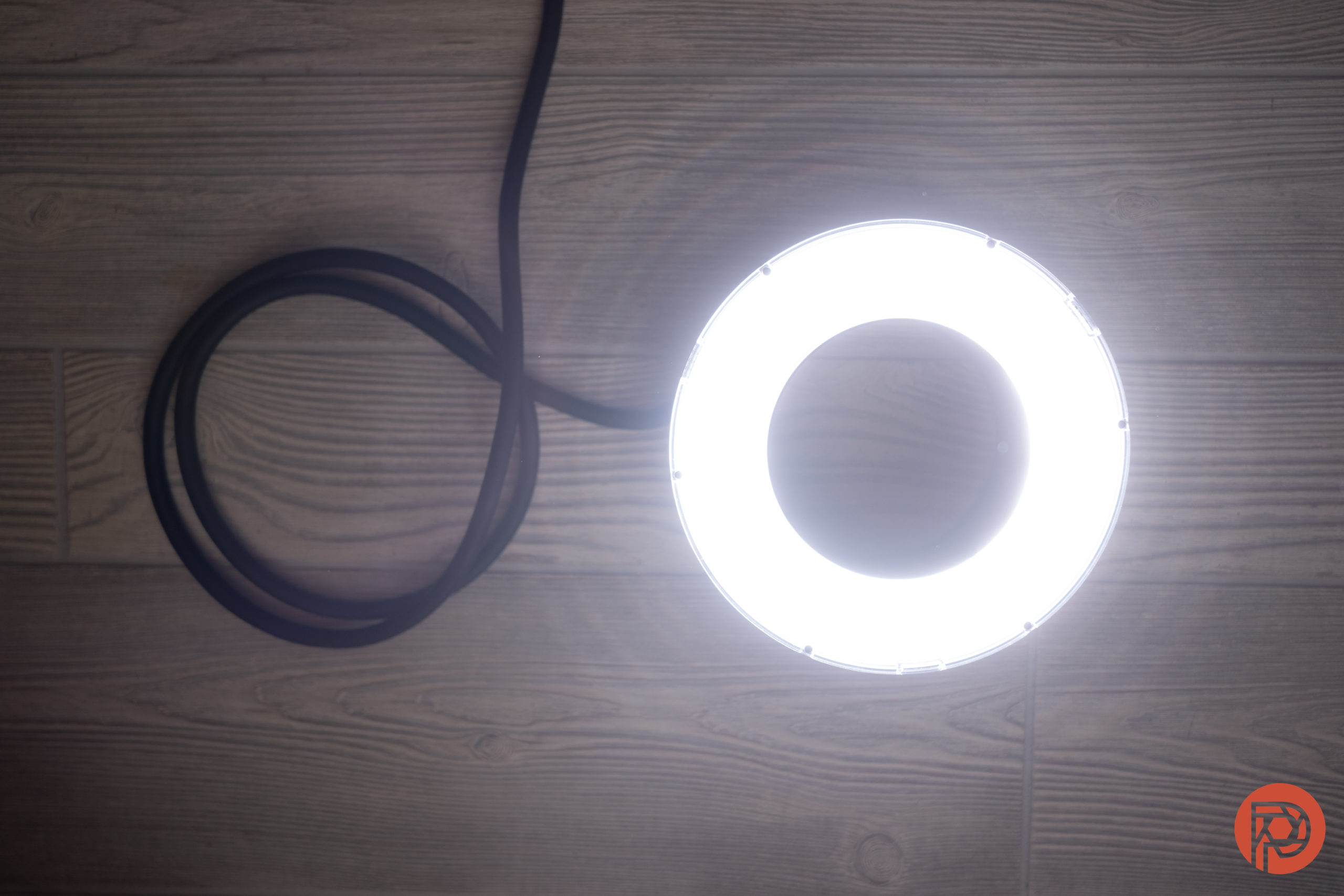What if one light could do everything? That’s the idea behind the eVolv 200 and 200 Pro, a flash with interchangeable heads. Like interchangeable lenses, the swappable heads create a more versatile lighting system. “Everything” may be a bit of a stretch, but that flash can now do one more thing — because it has a ring flash head. The Flashpoint R200 Ring Flash plugs into the interchangeable flash head to bring an impressive amount of soft, even lighting using either flash or even the built-in modeling light.
Versatility is the name of the game here — and I think even photographers who don’t already own the eVolv 200 system may want to take note. The R200 ring light works just as well on camera as off. It has a modeling light that’s actually powerful enough to use for videos. And the soft, even lighting and fun circular highlights add that “wow” factor to still photos.
Table of Contents
The Big Picture
The Flashpoint R200 ring light delivers a pop of light that makes a dramatic difference in macro photography — or even creating circular highlights in product photography or those captivating catchlights in portrait photography. The reason to choose the R200 over other ring light options is its versatility. The design makes off-camera use just as simple as on-camera. The modeling light is surprisingly bright — so it wouldn’t be a stretch to also use this same light for recording short videos.
The R200 ring light is impressive. But, photographers that don’t need the versatility that this light offers may prefer the simplicity of a dedicated ring light system. You have to sling the body of the flash on your shoulder or hook it on the light stand and a wireless transmitter is a must. A basic ring light that just has a small cord between the hot shoe and the light would be simpler to use — just less versatile. Another disappointment is that the HSS that’s possible on the eVolv 200 system didn’t seem to work when used with the ring light flash head. That would have increased the versatility by allowing fast shutter speeds to eliminate ambient lighting outdoors and have full control of the light.

I’m giving the Flashpoint R200 ring light four out of five stars. It’s a really great tool — I would have given it five stars if it still offered HSS. Want one? Check them out at Adorama.
Pros
- Plenty of power — I shot at 1/128th power for most of my shots.
- A modeling lamp that’s actually useful
- Durable folding mounting bracket
- Soft, even lighting
- Great color
- Part of a versatile kit
Cons
- The cord can be annoying
- No HSS support
- Requires eVolv 200 or 200 Pro and wireless transmitter sold separately
Gear Used
I used the Flashpoint R200 ring flash with:
- Flashpoint eVolv 200 Pro TTL Pocket Flash
- Flashpoint R2 Transmitter
- OM System OM-1
- OM System 90mm f3.5 Macro IS Pro
- Fujifilm XH2
- Fujifilm 50mm f1 R WR
The ring flash head and flash unit are on loan from Adorama. OM System loaned the OM-1 and 90mm; the HX2 is on loan from Fujifilm and the 50mm lens is my own.
Innovations
The Flashpoint R200 ring light isn’t a stand-alone flash — it’s an interchangeable head designed for the eVolv 200 system. That’s a big perk for photographers that are in the market for a ring flash as well as a more traditional off-camera flash. The other feature that sets the Flashpoint R200 apart is the built-in 10w modeling light that’s actually pretty bright.
Ergonomics
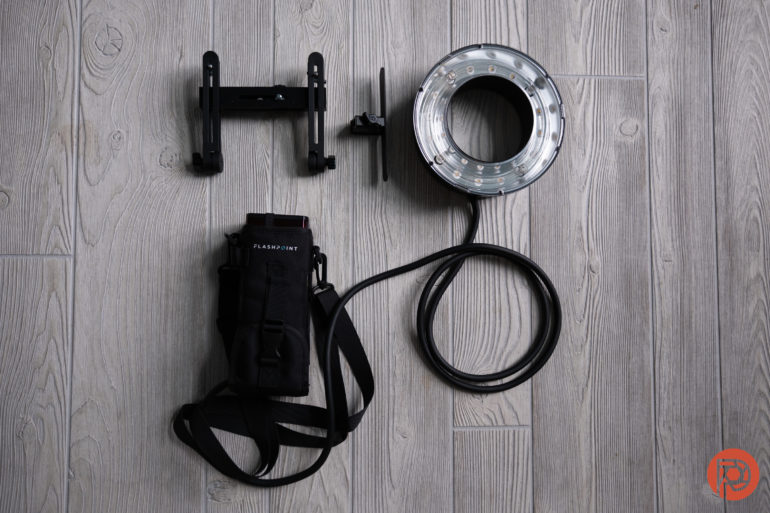
The Flashpoint R200 ring flash is part of an interchangeable flash head system — it requires either the eVolv 200 or eVolv 200 Pro as well as a remote trigger such as the Flashpoint R2 transmitter. This also means the design is a bit different than a traditional macro ring light. (For a tour of the flash itself, read our eVolv 200 Pro review.)
Instead of a cord going from the ring light to the hotshoe mount on the camera, the cord slots into the head of the eVolve 200. The light is then triggered using a wireless transmitter, so you’ll need the transmitter for both off-camera and on-camera use.
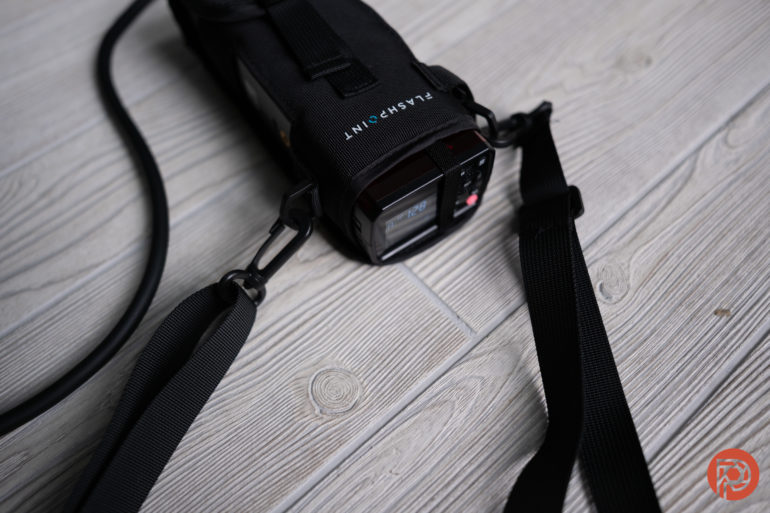
Because you’ll need somewhere to put the eVolv 200 while you shoot, the ring light includes a specially designed bag that allows you to sling it over your shoulder. The bag is designed to keep the flash controls accessible, but, annoyingly, the on-off switch is half hidden under a strap. The cord is also pretty long — you may want a cable strap to shorten it, as at five foot two, I nearly tripped over the strap a few times.
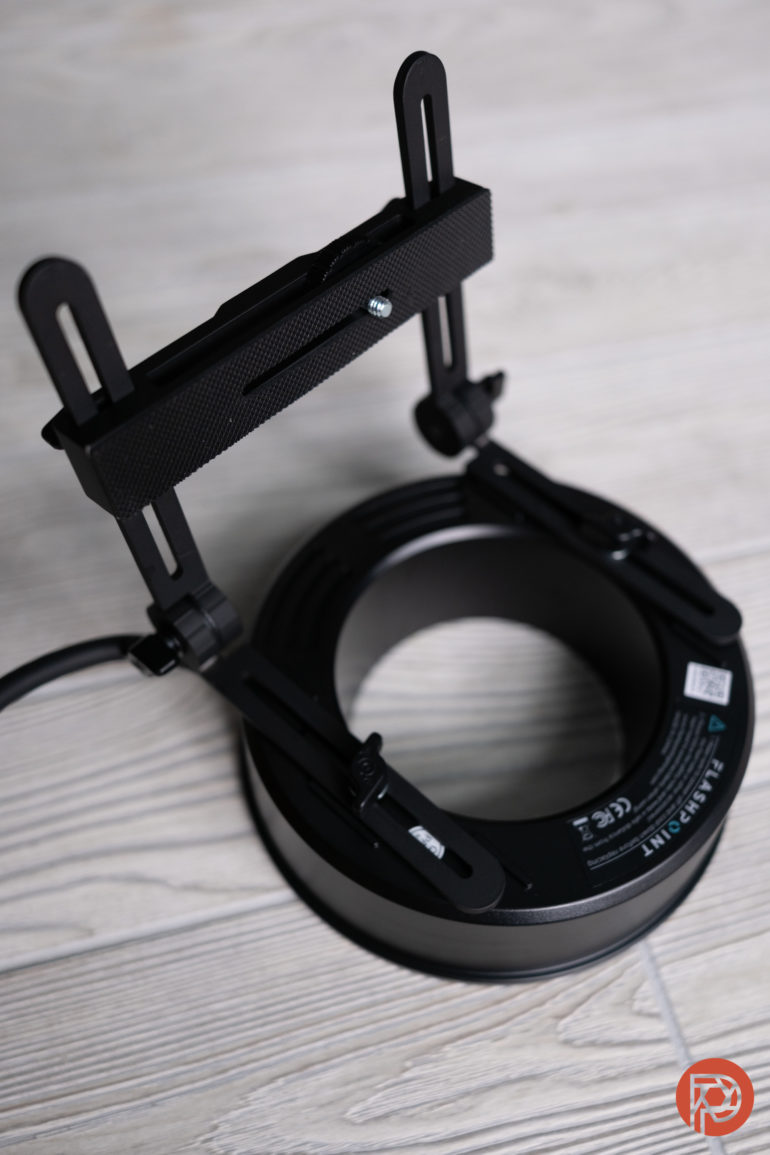
The cord plugged into the flash body now slung around your shoulder leads to the actual ring of the ring flash itself. The light slots into a folding bracket system that is attached to the back of the light and to the tripod mount on the camera. The ring flash opening can accommodate lenses that are 100mm or less in diameter. The bracket allows the camera to move closer or farther to accommodate different lens lengths. The height of the ring light relative to the camera and the position of the tripod screw that holds the camera is also adjustable. It also ships with one more bracket that adapts the L-bracket to use on a light stand.
The ring flash head plus the flash itself is pretty spacious — just the ring light head itself is 7.4 by 7.4 by 2.4. The system is going to take up a good chunk of room in a camera bag — or even necessitate its own dedicated lighting bag. The folding L bracket does help save some space.
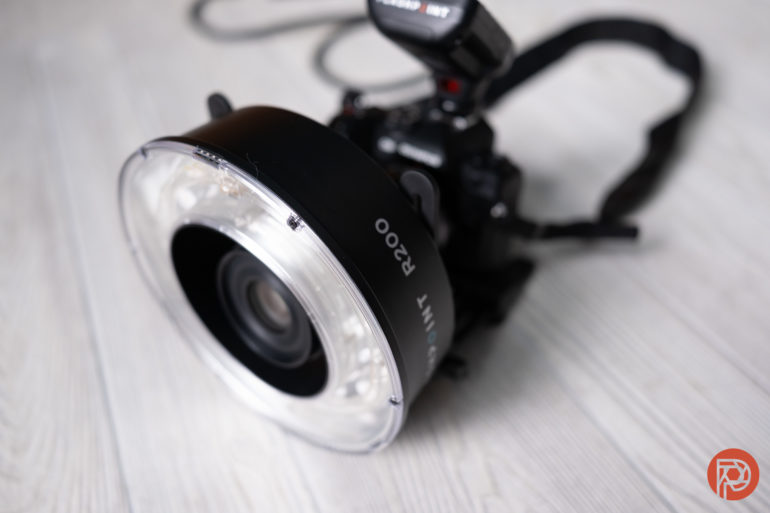
This design, of course, is more complicated than a ring flash that just sits around the camera lens and plugs into the hotshoe itself. The reward for having that flash body to carry around separately is that the eVolve 200 can be used like a regular off-camera light, without the ring head. The second perk is that the ring light can be easily used off-camera. The third perk is that the modeling light is actually strong enough that it could be used as a video LED light. The versatility is what’s going to make dealing with the long cord and wearing the flash body worth it. If you don’t need those features, a more traditional design may be simpler to use.
Build Quality
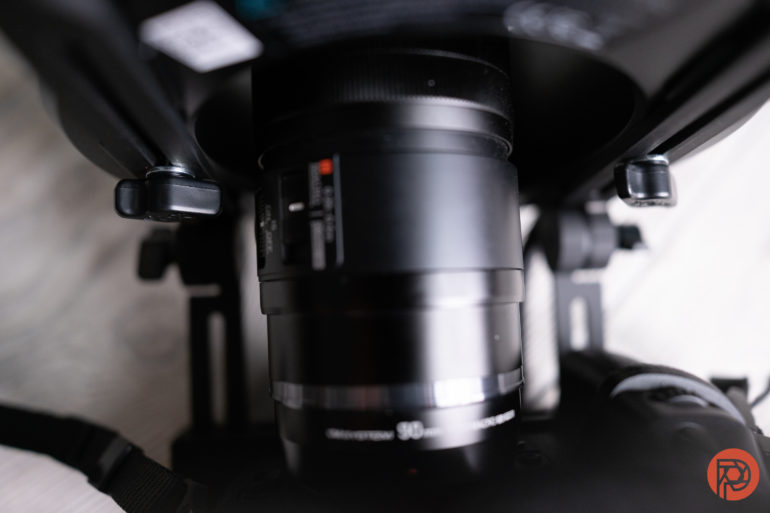
If you already own the eVolv 200 or 200 Pro, you’ll find the build of the ring light itself to be similar. It’s made of a sturdy plastic that’s pretty common to find in flashes and the like. It’s not going to withstand big drops, but it should hold up to typical use.
The bracket that mounts the light to the camera or a tripod is constructed with metal. This is good because this is the part that needs to hold up the weight of the camera and light system itself. This feels very sturdy.
The only thing I wish I could redesign here is the bag that the light slides in. I don’t like that the on-off switch is hard to access. The strap is also a cheap nylon — I would replace it with a more comfortable strap for long-term use.
Ease of Use
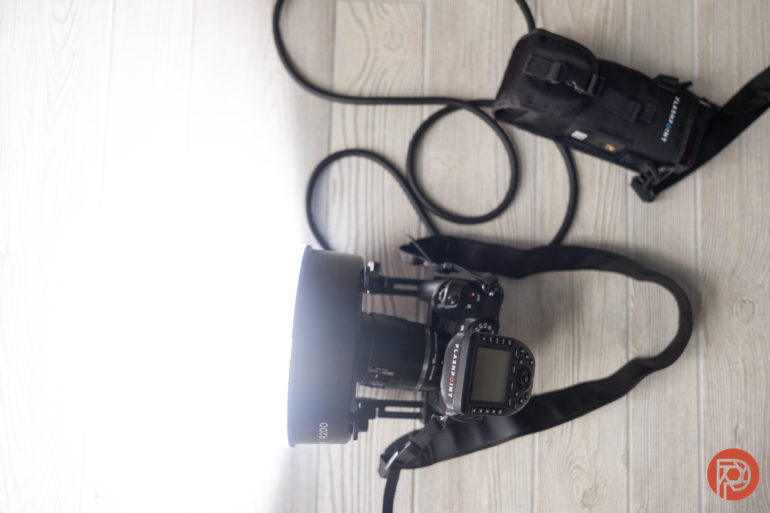
Setting up the interchangeable flash head is a learning process — but I think using a ring light itself is probably one of the simpler lighting techniques to learn. Because the light surrounds all sides of the lens and fills in shadows, there’s no worrying about lighting placement or weird shadows. Yes, photographers should still learn how to balance the ambient light with the flash. And while TTL is supported, learning manual flash settings offers the most control. But I don’t think flash newbies should be afraid of trying out a ring flash.
Setting up the R200 in particular takes a little time. You need to swap out the existing head for the R200’s cord and slide the bulk of the flash unit into the bag. Then you need to mount the ring to the L bracket, then mount the camera to the bracket. Or, alternatively, mount the ring light to a light stand for off-camera use. And you’ll need that wireless transmitter for both on and off-camera use.
Image Quality
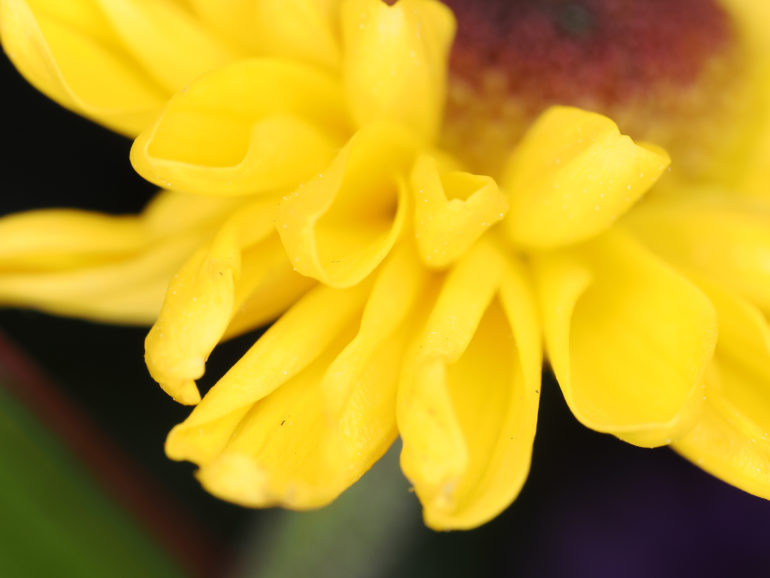
One of the reasons that I fell in love with flash photography is the colors. Colors are much more consistent and require much less editing. The Flashpoint R200 Ring Flash brings that color consistency to macro photos. Colors have more pop and yet don’t feel overdone. Those colors help give the images more contrast even as the ring light is filling in shadows.
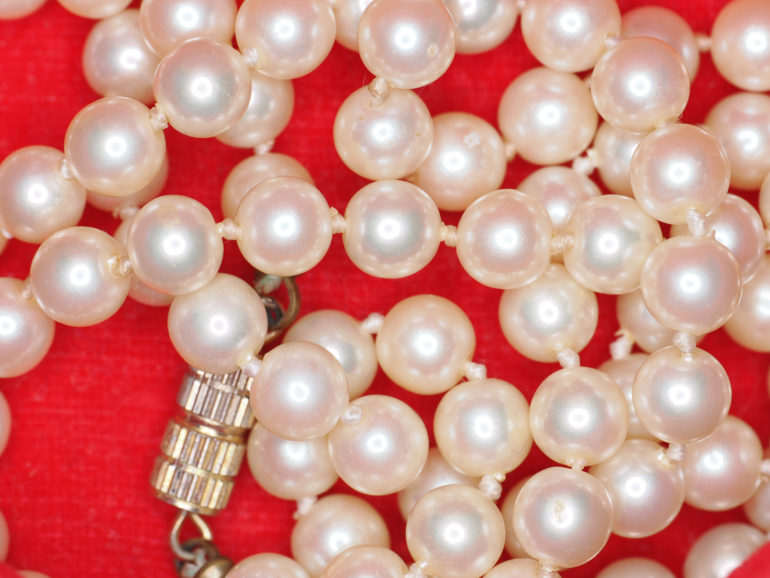
Outside of filling in those shadows on macro work, the ring light also creates fun circular highlights in reflective objects, including circular highlights in the eyes. The light needs to be only a few feet away from the subject if you want those circular catchlights to be large enough to be noticed. That means placing the light off-camera for portraits or using a wide-angle lens.
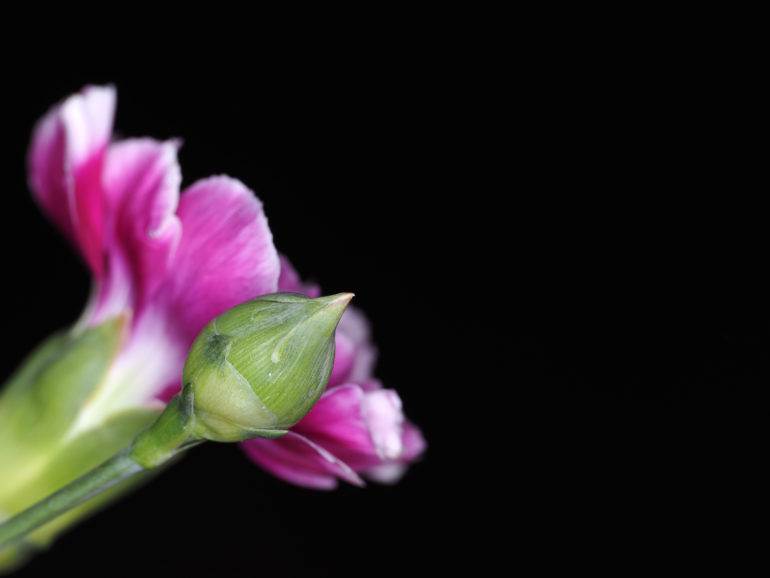
While the ring light fills in shadows, it’s still possible to use the light to make the background appear black, as increasing the shutter speed will eliminate the ambient light on the background. I did, however, miss HSS functionality, as this would make creating those black backgrounds outdoors much easier to do. While it’s missing HSS, it does still support multi-mode to fire the flash multiple times during one longer exposure time.
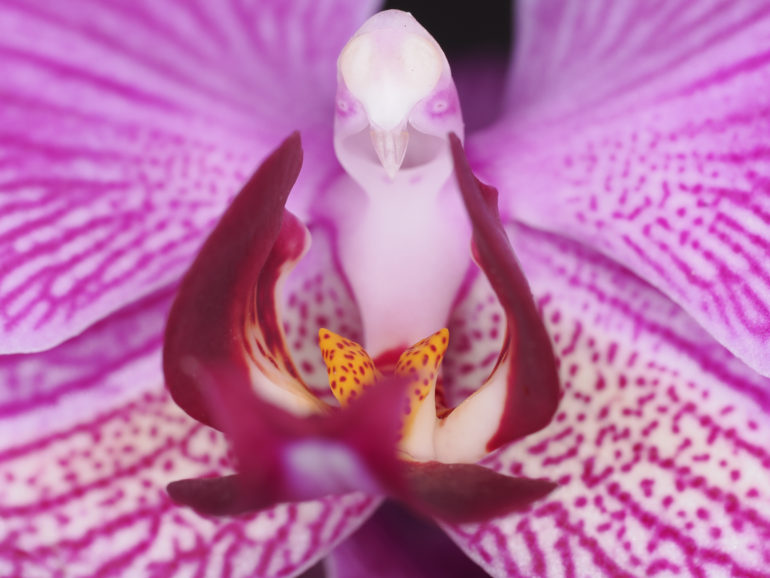
The eVolv 200 Pro is only 200 ws — there are lights with more power out there. But, I spent most of my time shooting at 1/128th of a power because I was up pretty close with the OM System 90mm Macro. I only needed to turn up the power a bit when I wanted to shoot from a bit farther off. Most photographers are going to find that this light has plenty of power for both macro and portrait work.
One of the things that surprised me with this light is how bright the modeling light is. Typically, the modeling light on a flash isn’t bright enough to double as a video light. Most are so dim that you can’t really use the modeling light outdoors during the day. But the modeling light on the ring light is bright enough to actually hurt my eyes. I’m not a videographer by any stretch of the imagination, but I think if you wanted to use the ring light to shoot a few Reels, you could.
I loved the pop of color and consistency coming from this light so much that all the sample photos included with this review are unedited JPEGs.
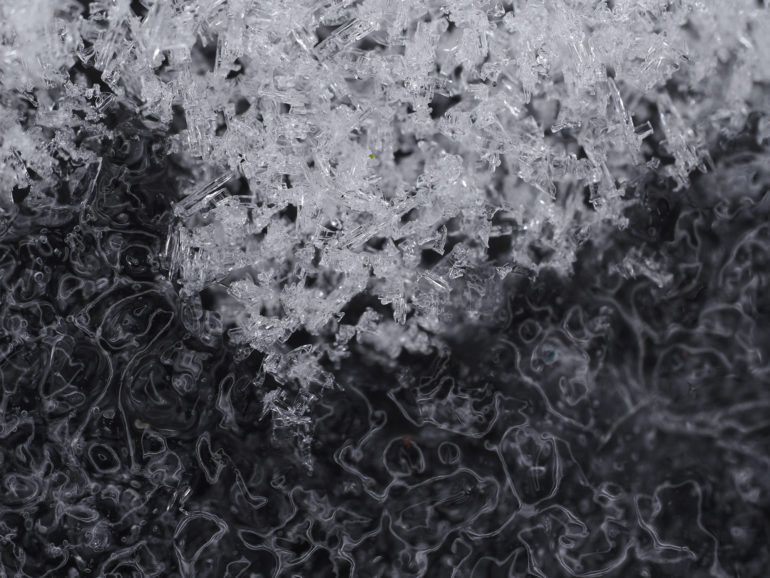






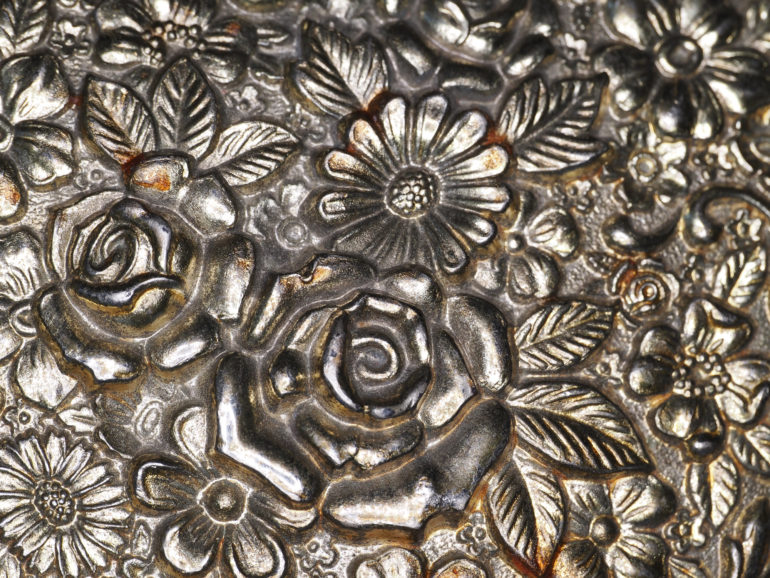
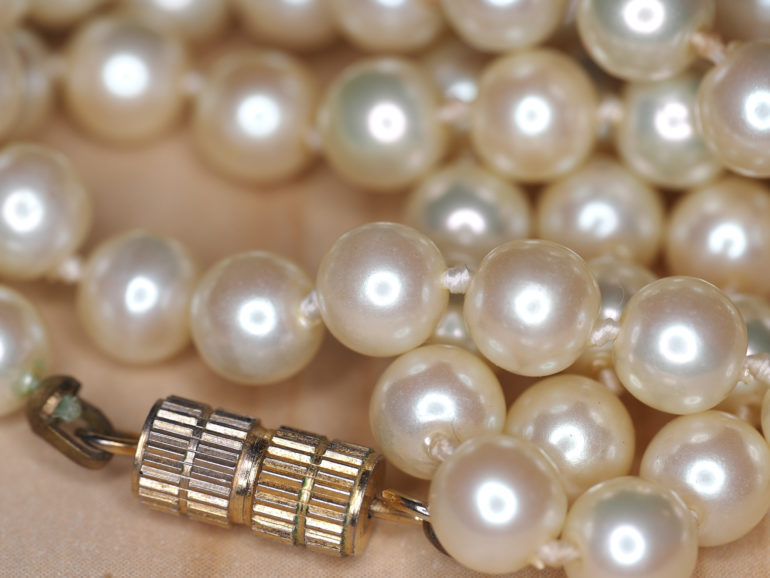

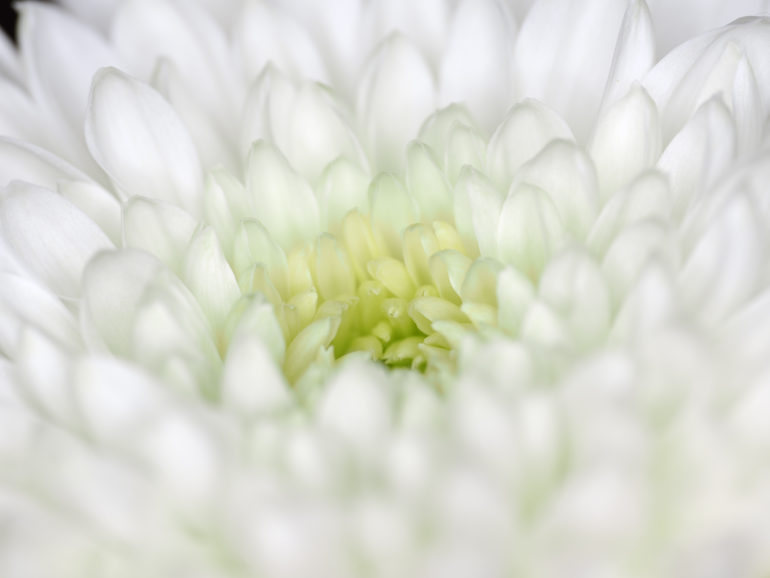
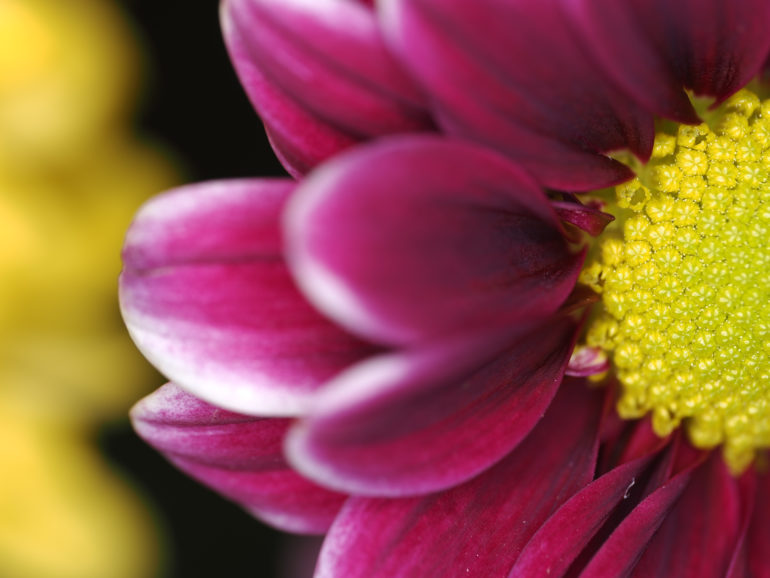
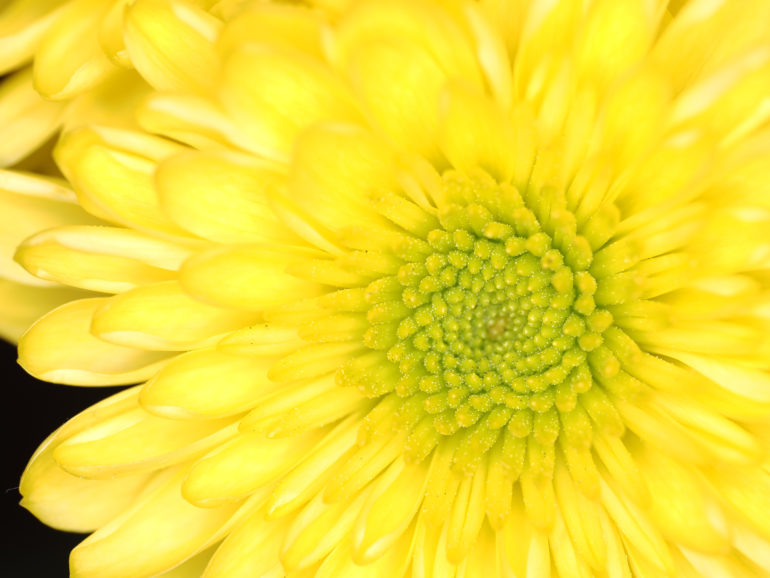
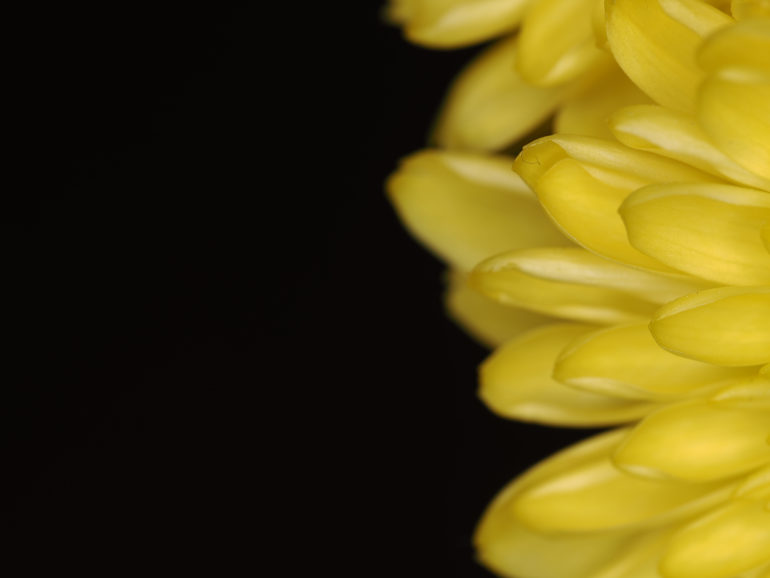
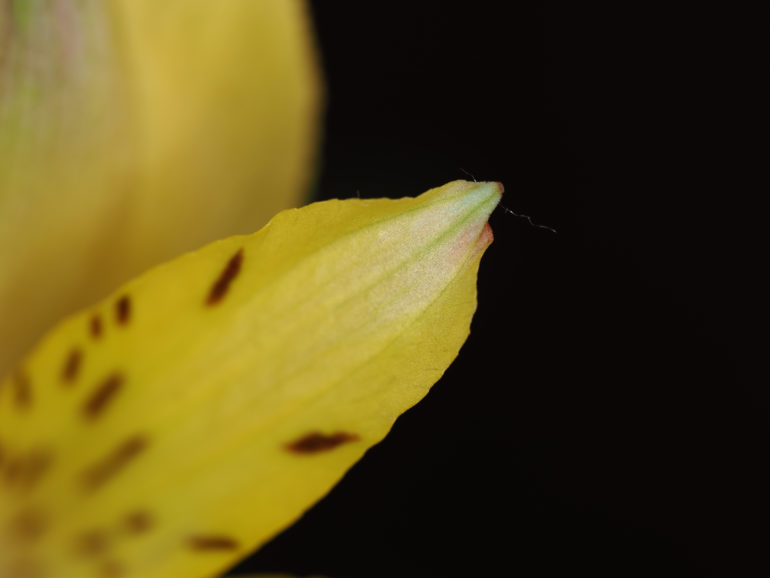
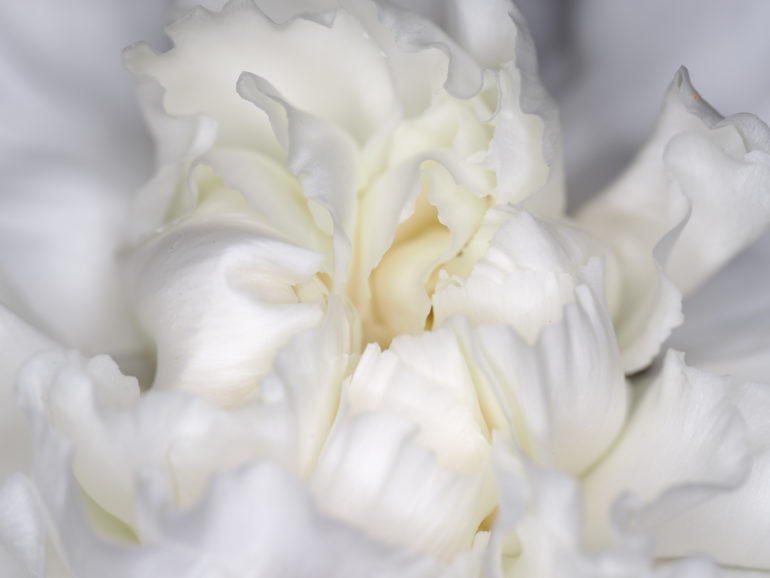
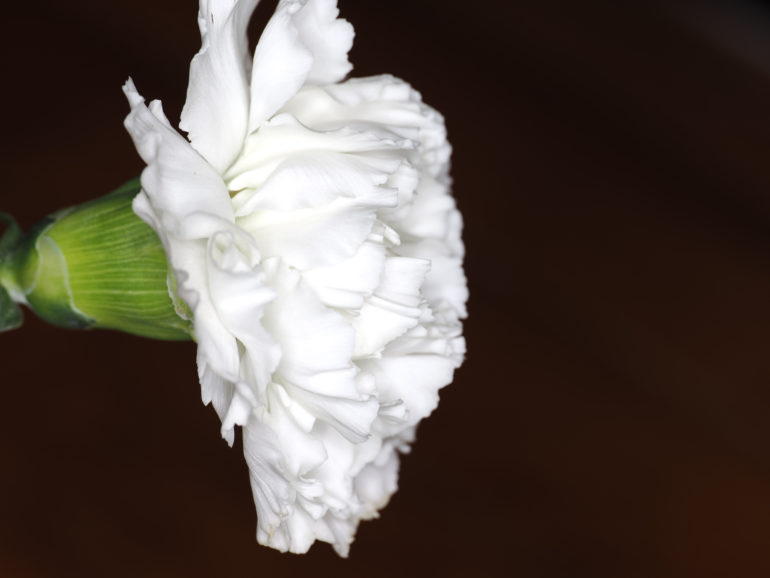
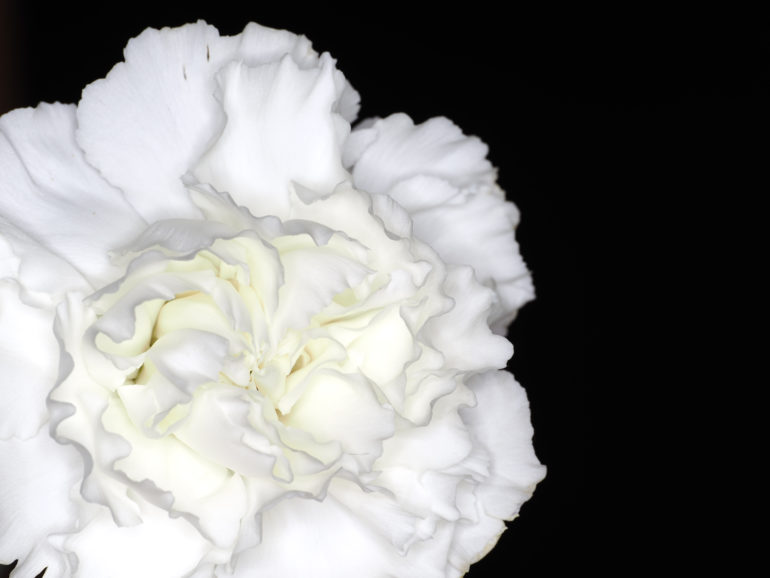









Who Should Buy It?
The Flashpoint R200 Ring Flash head’s biggest asset is its versatility. If you want a ring light that can be used on camera or off, for stills or for video, or a ring light that converts into a standard off-camera flash, buy the Flashpoint R200. It’s a powerful light that creates colorful images with a lot of versatility. The same goes for photographers that already own the eVolv 200 or eVolv 200 Pro — it adds one more way to use the light that you already own.
However, if you only want a ring light for on-camera use, the R200 might be overkill. A ring light that sits in the hot shoe may be simpler and more affordable than this system for photographers that aren’t going to use this light in more than one way.
Want one? Check them out at Adorama.
Tech Specs
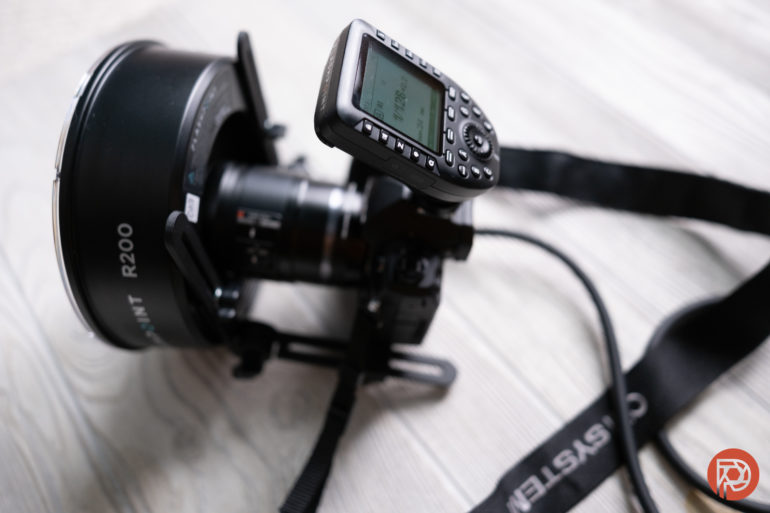
Adorama lists the following specifications for the Flashpoint R200 Ring Flash Head:
- Compatibility: eVOLV200 and 200 Pro Pocket Flash
- Flash Output: 200ws (Joules)
- Flash Color Temperature: 5800K (+/-200K)
- Modeling Lamp Power: 10W (20 SMD LED bulbs)
- Brightness at 100%: 1380 lux at 1.6′ (0.5m)
- Modeling Lamp Color Temperature: 4300K +/- 200K
- Modeling Lamp Levels: Three: High, Medium, Low
- Dimensions: Head: 7.4 x 7.4 x 2.4″ (188 x 188 x 60mm)
- Weight: 22.5 oz (637.86g)
- Maximum Lens Diameter: 100mm
The Phoblographer may receive affiliate compensation for products purchased using links in this blog posted.


